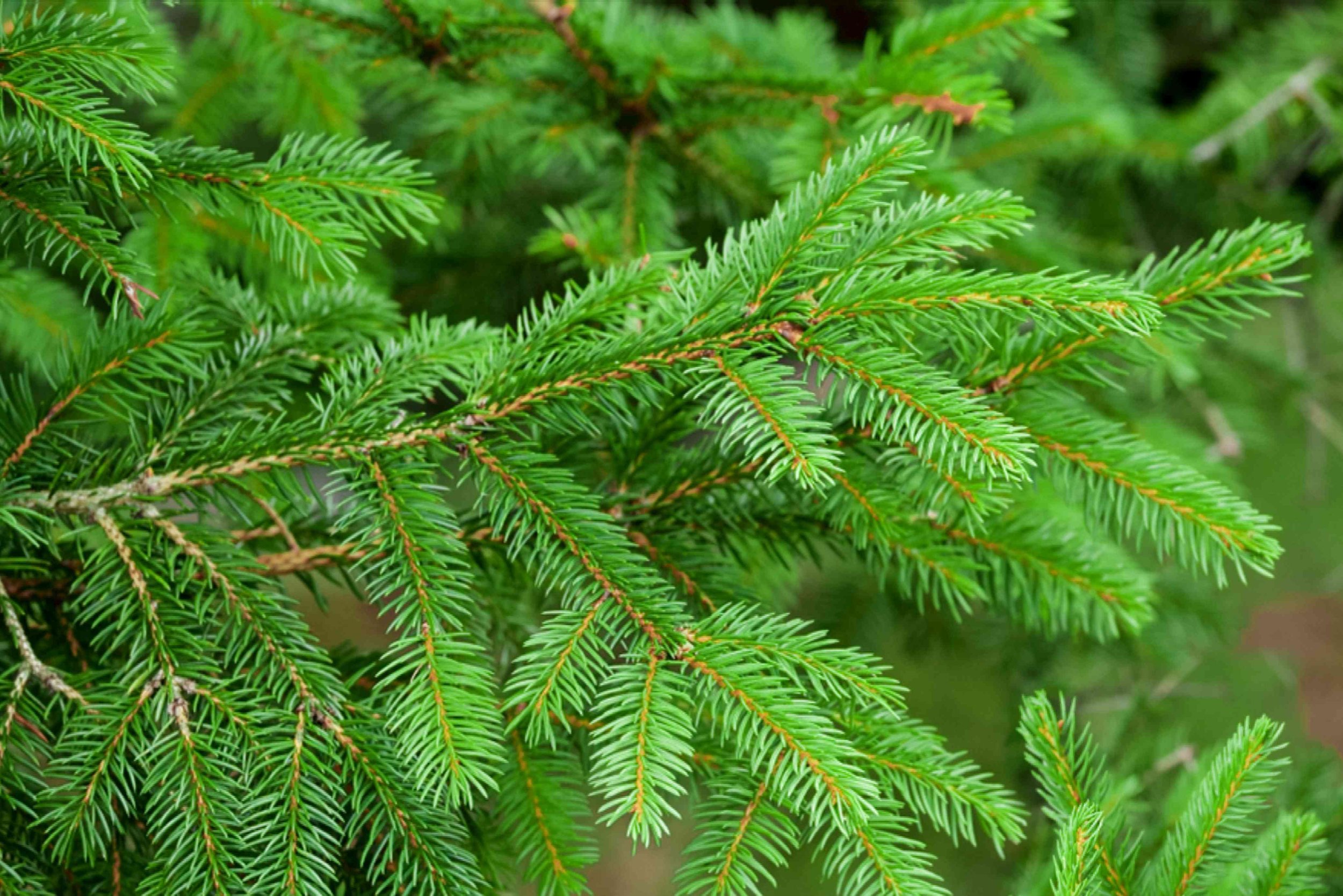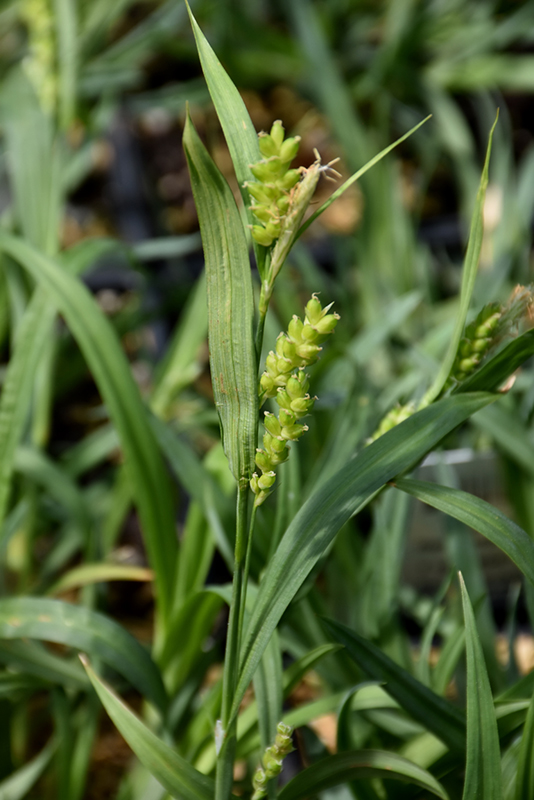
* This is a "special order" plant - contact store for details
Height: 10 inches
Spread: 12 inches
Sunlight:
![]()
![]()
Hardiness Zone: 5a
Description:
A low maintenance selection that features beautiful arching blue-green foliage on a clumping, mounded habit; excellent addition to borders, rock gardens, or edging around ponds and streams; a perfect shade groundcover
Ornamental Features
Blue Wood Sedge is primarily valued in the garden for its interestingly mounded form. Its attractive grassy leaves remain bluish-green in color with hints of silvery blue throughout the year.
Landscape Attributes
Blue Wood Sedge is a dense herbaceous evergreen perennial grass with a mounded form. Its relatively fine texture sets it apart from other garden plants with less refined foliage.
This is a relatively low maintenance plant, and is best cleaned up in early spring before it resumes active growth for the season. It has no significant negative characteristics.
Blue Wood Sedge is recommended for the following landscape applications;
- Mass Planting
- Border Edging
- General Garden Use
- Groundcover
Planting & Growing
Blue Wood Sedge will grow to be about 10 inches tall at maturity, with a spread of 12 inches. Its foliage tends to remain low and dense right to the ground. It grows at a slow rate, and under ideal conditions can be expected to live for approximately 10 years. As an evegreen perennial, this plant will typically keep its form and foliage year-round.
This plant does best in partial shade to shade. It is quite adaptable, prefering to grow in average to wet conditions, and will even tolerate some standing water. This plant should not require much in the way of fertilizing once established, although it may appreciate a shot of general-purpose fertilizer from time to time early in the growing season. It is not particular as to soil type or pH. It is somewhat tolerant of urban pollution. Consider applying a thick mulch around the root zone in both summer and winter to conserve soil moisture and protect it in exposed locations or colder microclimates. This species is native to parts of North America. It can be propagated by division.
* This is a "special order" plant - contact store for details

